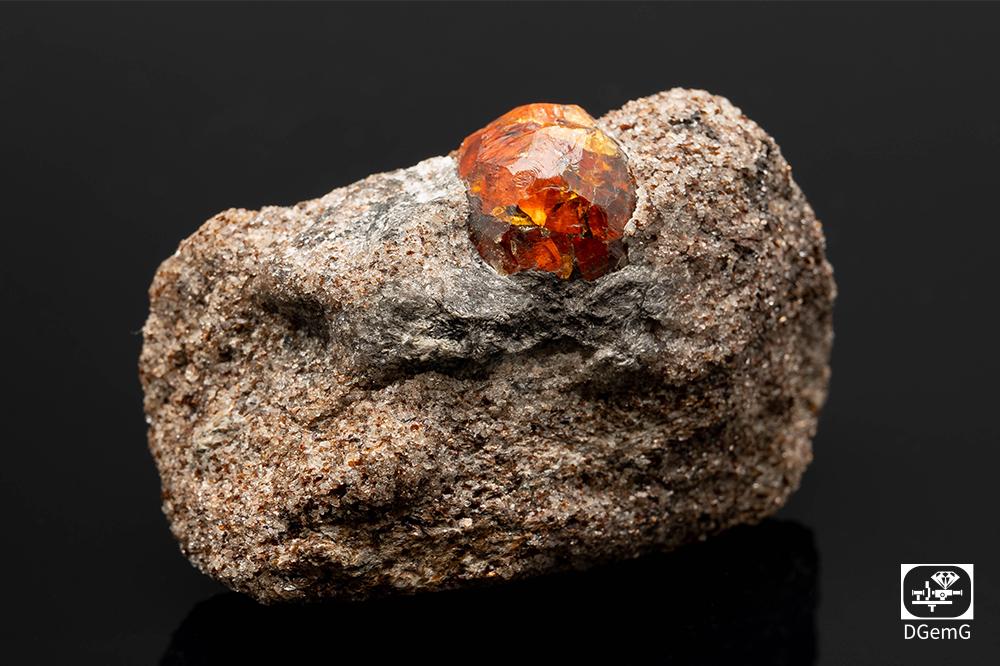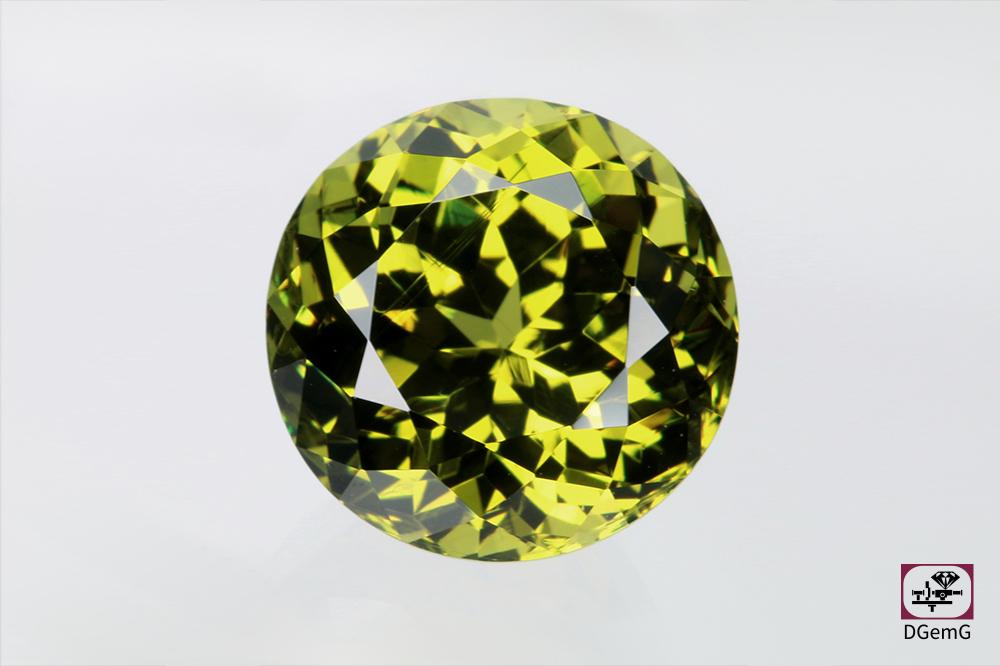Unlike other industry sectors which come to a standstill as local rough material production becomes scarce, the gemstone industry in Idar-Oberstein endures, 150 years after the end of its agate mining. It is thanks to the rough stone pioneers from early times that Idar-Oberstein has developed into one of the world's most important centres of excellence for gemstones.
Unique for the industry, gemstones were interesting for the science as well. Very early on, mineralogists were already interested in the rough materials of the gemstone industry. Thus, local contacts to natural sciences dated back to the 18th century (Wild, 1963).
It was Georg O. Wild who recognized the importance of the scientific examination of gemstones. The establishment of a gemstone laboratory in the mid-1920s and the German Association for the science of gemstones – nowadays the German Gemmological Association (DGemG) – in 1932 manifested the applied research and its transfer to the trade. The scientific gemmology carried on after the World War II with the appointment of Prof. Dr. K. Schlossmacher to Idar-Oberstein and the foundation of an institute for gemstone research later affiliated to the University of Mainz. The high reputation of Prof. Schlossmacher in research and teaching was honoured by the establishment of the Prof.-Karl-Schlossmacher Foundation, today the German Foundation for Gemstone Research, also referred to as the DSEF German Gem Lab.
The DSEF German Gem Lab fulfils all requirements of a modern and international gemmological service institution for the industry. The scientists employed are highly qualified in both gemmology and earth sciences. DSEF’s main tasks consist in research on gem material’s genuineness, origin and detectable treatments according to international standards, diamond’s colour authenticity, determination of pearls and organic substances. DSEF offers as well on-site testing service with mobile lab equipment.
The location in the heart of the German gemstone industry is of inestimable advantage. The scientists of DSEF and DGemG are among the first worldwide to have the opportunity of investigating new finds. Constant research with major gem-producing countries and close cooperation with the gem and jewellery industry ensure the provision of reference material. Increasingly, the gemstone deposits are also visited in order to collect authentic sample material.
The research projects by DSEF and DGemG cover a wide range of important areas of gemstone research. Below are examples of some first descriptions.
In 1967, a new blue variety of the mineral zoisite was discovered in the Merelani Hills in Tanzania. In the same year, Bank et al. published the first description in the 61st issue of the Journal of the Gemmological Association, dedicated to Prof. Schlossmacher for his 80th birthday. Tanzanite became the gemstone of the 20th century. In 1983, Schmetzer and Bank described Mn-rich tourmalines from Zambia, about 20 years before they became known as Canary tourmalines on the market worldwide.
The minerals of the tourmaline group belong to the most important gemstones for the Idar-Oberstein gemstone industry. One of the most sought-after coloured gemstones of all, the copper-bearing Paraiba-tourmaline from Brazil was first described in detail by Bank et al. (1990). They soon achieved world fame on the gemstone market and today they are among the most valuable coloured gemstones of all. DSEF also played a major role in the description of copper-bearing tourmalines from recent African deposits in Nigeria and Mozambique, as well as their differentiation from their Brazilian counterparts (Milisenda, 2001; 2005, Milisenda et al., 2006).
Beside tourmalines, the varieties of beryl and quartz as well as the minerals of the garnet group are also important gems of the local industry. In 1992, Henn and Bank described Aquamarine from a new deposit in Mozambique. Their intense blue colour was named Santa Maria Africana after the famous Santa Maria Aquamarine from Brazil. In 2003, DSEF had the opportunity to examine an old stock of Santa Maria Aquamarines from Brazil. It was possible for the first time, from the obtained data, to determine characteristics that enable a distinction between Brazilian and African material.
 Mandarin garnet in graphite schist, Kunene, Namibia.
Mandarin garnet in graphite schist, Kunene, Namibia.
In 1993, Lind et al. first described bright orange spessartine from a new deposit in Namibia. Today they are worldwide famous under the name Mandarin garnet. Further occurrences were discovered in the following years in Nigeria and Tanzania and the determination of a Mandarin garnet’s origin was first described in a review article by Milisenda et al 2010.

Further examples are the descriptions of alexandrites from Hematita, Brazil (Bank et al., 1987), garnets from Mali (Henn et al. and Lind et al., 1994), peridots from Pakistan (Milisenda et al., 1995), sapphires from Andranondambo, Madagascar (Milisenda & Henn, 1996), corundums from the Tunduru-Songea region, Tanzania (Henn & Milisenda, 1997), demantoids from Namibia (Lind et al., 1998), corundums from SW Madagascar (Henn et al., 1999, Milisenda et al., 2001), demantoids from Pakistan (Milisenda et al., 2001), sapphires from N-Madagascar (Ramdohr and Milisenda, 2004), emeralds from Rio Grande do Norte, Brazil (Milisenda, 2007), tourmalines from Rwanda (Henn, 2013) and amethysts from Rwanda (Stephan & Schmitz, 2017).
All this work has been possible and will only be possible in future through cooperation between trade and research. This close link is personified by the current President of DGemG and Chairman of the DSEF council, Dr. Thomas Lind, as well as his predecessor, Prof. Dr. Hermann Bank. Both have entered the family gemstone lapidary business and at the same time remained authentic to science as geologists and mineralogists, respectively.
This article was first published in a special programme issue for the 50-years anniversary of the DSEF German Gem Lab in 2019.



